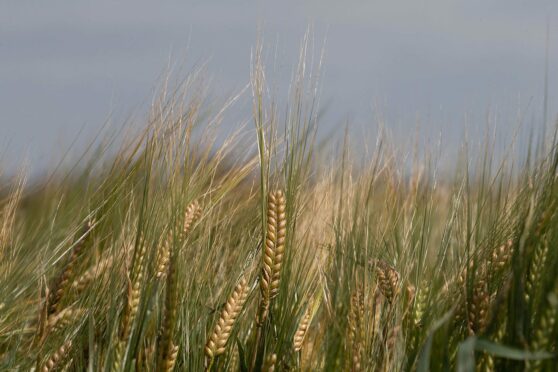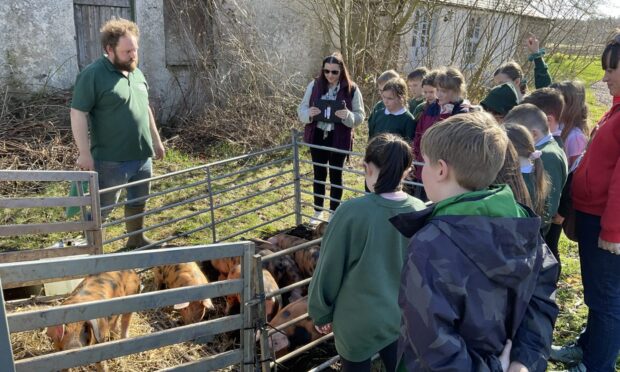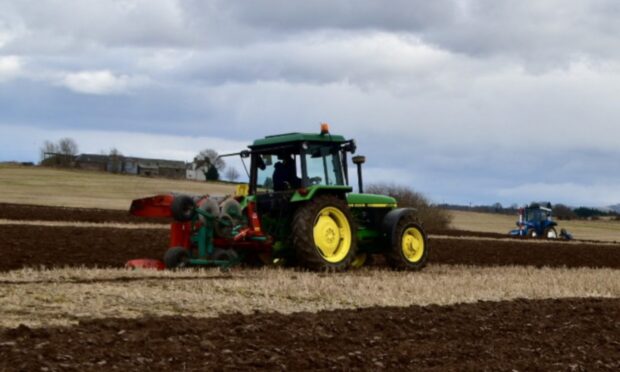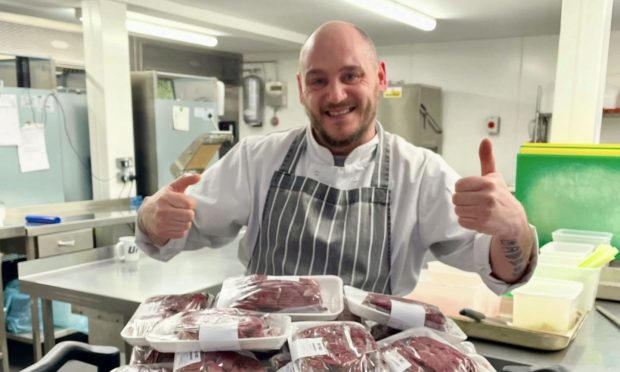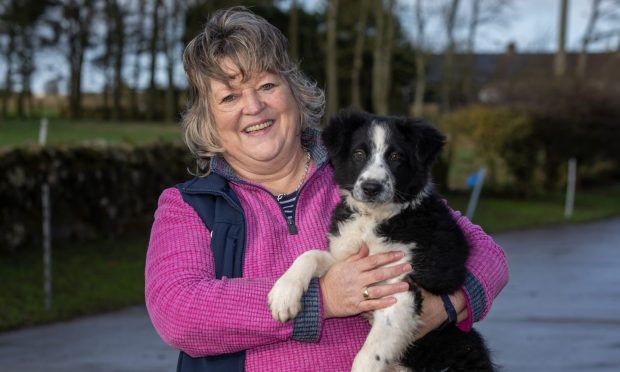The combination of LG Diablo’s high yield potential and consistent grain quality has made it a firm favourite within the rotation for East Fife farmer David Bell.
-
Some Courier online content is funded by outside parties. The revenue from this helps to sustain our independent news gathering. You will always know if you are reading paid-for material as it will be clearly labelled as “Partnership” on the site and on social media channels,
This can take two different forms.
“Presented by”
This means the content has been paid for and produced by the named advertiser.
“In partnership with”
This means the content has been paid for and approved by the named advertiser but written and edited by our own commercial content team.
The farm grew LG Diablo before it joined the Recommended List, and in 2020, won the Yield Enhancement Network (YEN) Gold award with the variety, achieving the highest spring barley yield of 11.3 t/ha.
“There’s no hiding the fact that LG Diablo is a great yielder; it rivals any feed spring barley,” Mr Bell says.
“Our yield in the 2020 YEN competition was phenomenal, and it all made sub-1.65% nitrogen malting spec. Mother Nature was very favourable towards us that year, and we were really able to maximise the potential of the variety. The crop didn’t get any special treatment, we were just attentive to timings and it really delivered for us.
“Having grown LG Diablo for eight years, our understanding of how to manage the variety to get the best out of it has grown as well, and we’ve had some amazing yields. It has also shown consistency for hitting low nitrogen malting spec.”
LG Diablo will again be Mr Bell’s main spring barley variety grown for harvest 2023.
“One of the huge benefits of LG Diablo, especially in a mixed farming situation, is that it’s a high yielding spring barley variety, and if we do get it wrong in terms of nitrogen being too high for distilling or brewing, we still have a good feed crop. It’s dual purpose in that respect too, creating a circular economy within our own farm.
“We have to look at our market, select our crop and variety against what our ground is capable of delivering, and LG Diablo fits that bill for me.”
Soils are the foundation
“We really see our soils as the foundation, and everything else grows on top of that, literally and metaphorically.”
Cover crops, organic manures, and a varied rotation that can be adapted to the season and market fundamentals, are central to this focus, as is a flexible cultivations policy that includes direct drilling, minimal tillage, and deeper cultivations where needed.
Traditionally, spring barley has been established after ploughing overwintered stubbles in the spring, but for the first time in 2022, Mr Bell tried direct drilling all of his spring barley into a grass and clover cover crop. It is a method he has successfully adopted in winter cereals, but for spring barley, he acknowledges it has been a learning curve.
Cover was sprayed off with glyphosate in early spring once conditions started to warm up, then drilled when it started to die back, using variable seed rates from a base of 425 seeds/m2.
“But, my seed rate was too low for the ability of spring barley in that situation. This was true of all three barley varieties we grew, as spring barley is less vigorous than winter wheat and, in my opinion, it needs some tilth to develop effectively.”
Crops therefore fell short of his target plant population, resulting in yields below par across all spring barley varieties last harvest, averaging just shy of his expected 7-8 t/ha.
“I relied too much on the root mass [of the cover crop] to do the tillage for me, but have learnt from that. Next spring I shall again be direct drilling into fields with green cover on them, but will do a shallow 25mm cultivation pre-drilling to create a tilth to help barley establish. We will also look at a more diverse cover crop in the future.”
Learn more about Limagrain UK, your trusted seed partner in a changing world.
